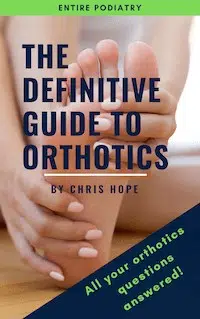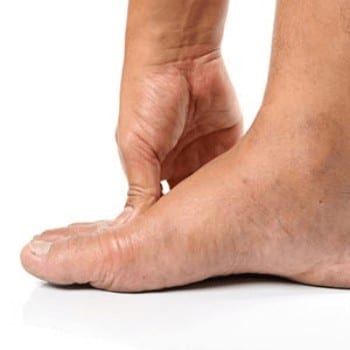
What is osteoarthritis?
Osteoarthritis (OA) is a degenerative or ‘wear and tear’ type of arthritis that affects the cartilage in joints. Cartilage is a type of tissue that covers the ends of the bones in normal joints. Cartilage provides cushioning and helps the joints to move smoothly. In OA, the cartilage breaks down and becomes thin, leaving the ends of the bones unprotected and the joints unable to move smoothly.
OA is most often seen in people over the age of 45, however it can also affect younger people.
What does OA feel like?
OA tends to progress gradually, over a period of months or years. Commonly people with OA feel pain and stiffness in the joints which is usually worse after resting or after a period of not moving the joint. Depending on which joints are affected, symptoms can impact on daily activities such as walking.
In the lower limb, OA commonly affects the big toe, ankle and knee joints.
What causes OA?
There is not always a clear cause of OA. However, previous injury to a joint can increase the risk of developing OA in that joint (eg, people who have sustained ankle sprain injuries may have increased of ankle arthritis). There is also evidence to show that OA can be genetic, and there is a greater risk of OA developing if you have a family history of the condition.
How is OA treated?
There is no cure for OA as such. However treatment can help to control symptoms and reduce pain. Podiatry treatment for OA will depend on the joint/s affected. Your podiatrist may provide advice on footwear and orthotics in order to relieve pressure on affected areas and correct any problems that may be exacerbating your OA.








